Established in 1908. West Yellowstone's purpose was to serve visitors to Yellowstone National Park. Some background on the transportation history of the region:
Wagons and horseback were used to access the Yellowstone area by tourists beginning in the 1860s.
Stagecoach: Beginning in the 1870s, tourists travelled by rail to Idaho or Montana and reached Yellowstone by stagecoach. Stagecoaches provided tour into the park until replaced by buses in 1917.
Supplies was transported by freight wagons.
Tours to Yellowstone were provided by 4 companies with stagecoaches. Here's one.
Wagons and horseback were used to access the Yellowstone area by tourists beginning in the 1860s.
Stagecoach: Beginning in the 1870s, tourists travelled by rail to Idaho or Montana and reached Yellowstone by stagecoach. Stagecoaches provided tour into the park until replaced by buses in 1917.
Supplies was transported by freight wagons.
Tours to Yellowstone were provided by 4 companies with stagecoaches. Here's one.
Rail: In 1905, the president of Union Pacific Railroad visited Yellowstone and subsequently authorized construction of a branch rail line from Idaho to Yellowstone's west entrance.
In 1908, tourists arrived to the area for the first time by rail. The train ran daily from Salt Lake City during the summer months, stopping service when snow started to fall each autumn.
Automobiles
Private cars were not permitted in Yellowstone Park until 1915 and were discouraged due to the influence or the stagecoach tour companies. In 1936, snow plowing of the roads began. With this came the ability to drive year round for both residents and tourists. Prior to that, residents primarily used dog sleds for local transportation during the winter.
Wedge design.
Snow mobiles: In the 1950s, people started using snow mobiles to access the park in the winter. They were first permitted in the park in 1963.
Wedge design.
Snow mobiles: In the 1950s, people started using snow mobiles to access the park in the winter. They were first permitted in the park in 1963.
Air travel: The first passenger service by air to Yellowstone was in 1935. The airport remains open today. Plane "skis" circa 1930s.
The museum displays many interesting artifacts and photos from the past. "Snaggletooth" became a well-known grizzly as he frequently was seen in town searching for food in dumpsters. He was easily recognizable because of his teeth. Here's John demonstrating his bear-fighting technique.
Thirty-minute educational films are shown throughout the day with respective exhibits for each:
Yellowstone Aflame - about the 1988 fire that burned 1/3 of Yellowstone Park.
Odyssey - the 1964 Montana Centennial Train.
The Night the Mountain Fell - about the 1959 Hebgen Lake earthquake.
Yellowstone Aflame - about the 1988 fire that burned 1/3 of Yellowstone Park.
Odyssey - the 1964 Montana Centennial Train.
The Night the Mountain Fell - about the 1959 Hebgen Lake earthquake.
We always enjoy getting a sense of the local history of the towns that we visit. This museum provided that opportunity with some interesting displays. It's worth a visit and is within walking distance if you are staying in West Yellowstone.
Admission is $6/adults; $5/seniors. There is also a small gift shop/book store near the entrance.
Website: www.yellowstonehistoriccenter.org
Admission is $6/adults; $5/seniors. There is also a small gift shop/book store near the entrance.
Website: www.yellowstonehistoriccenter.org
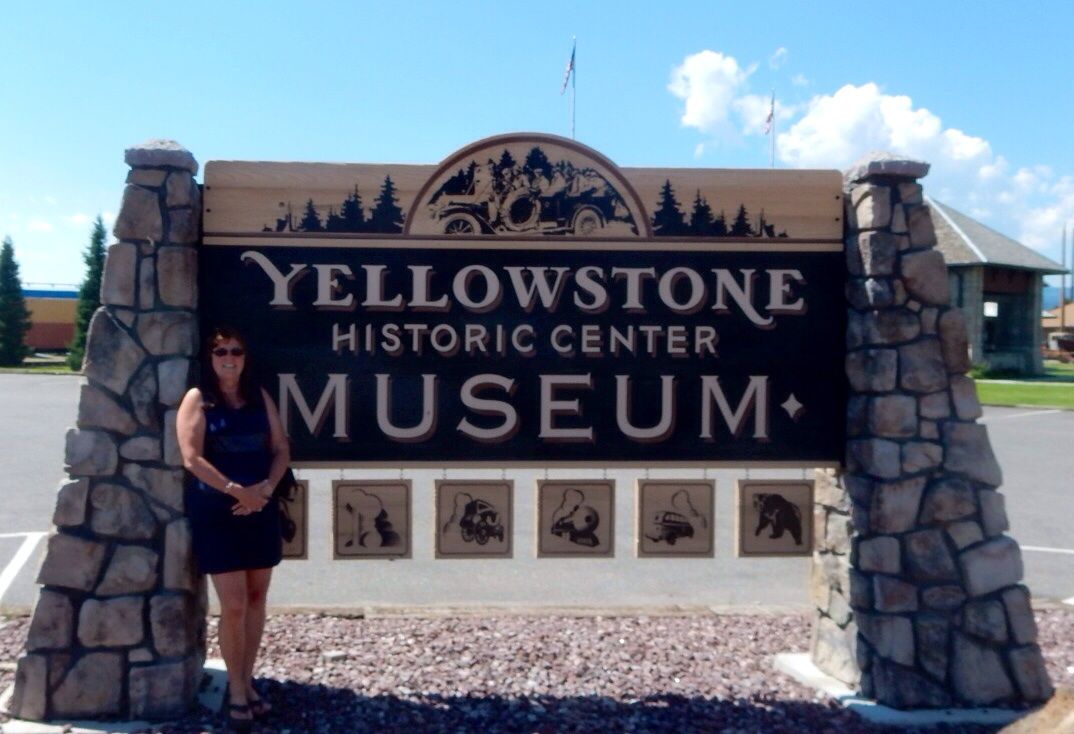
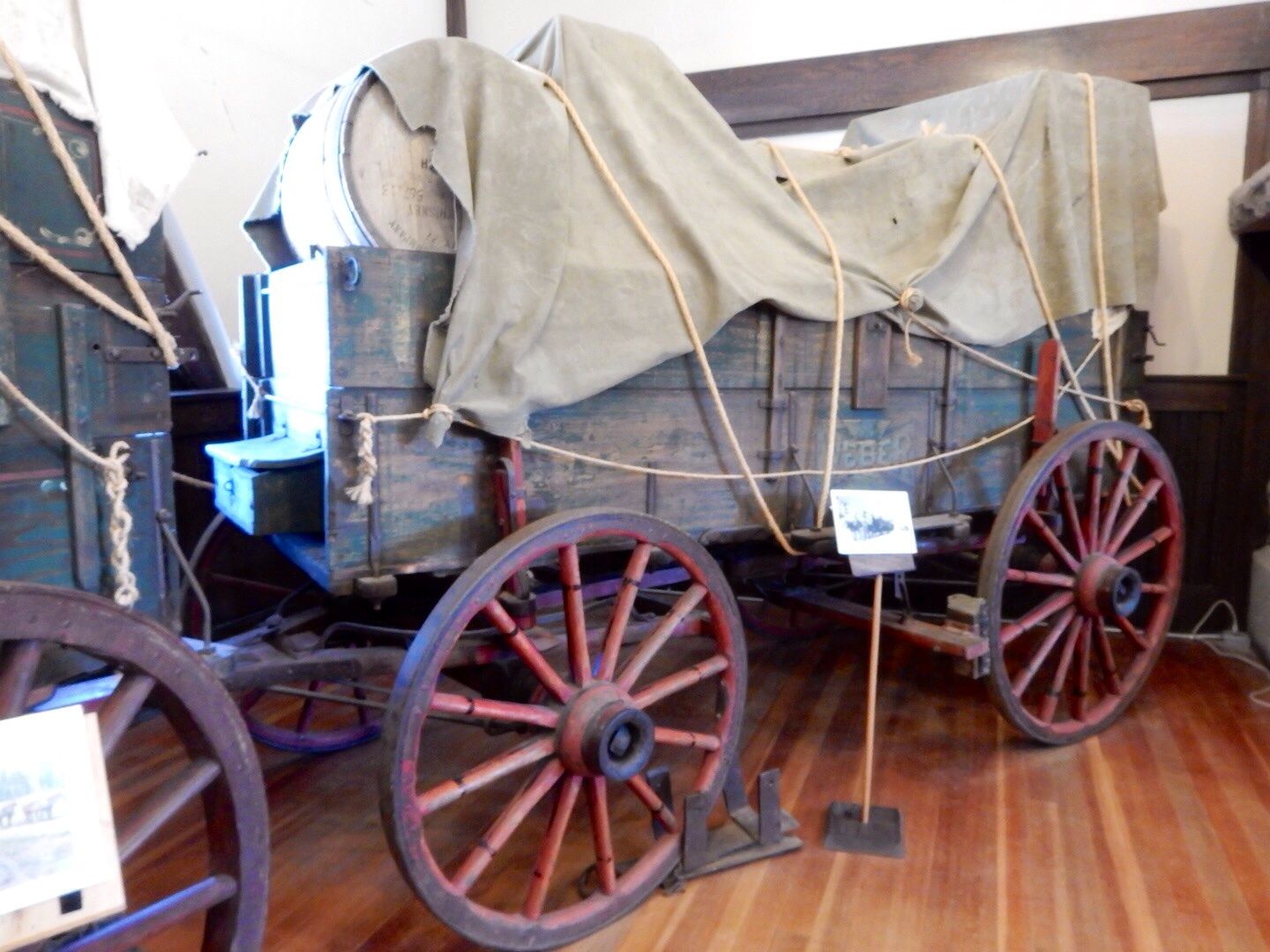
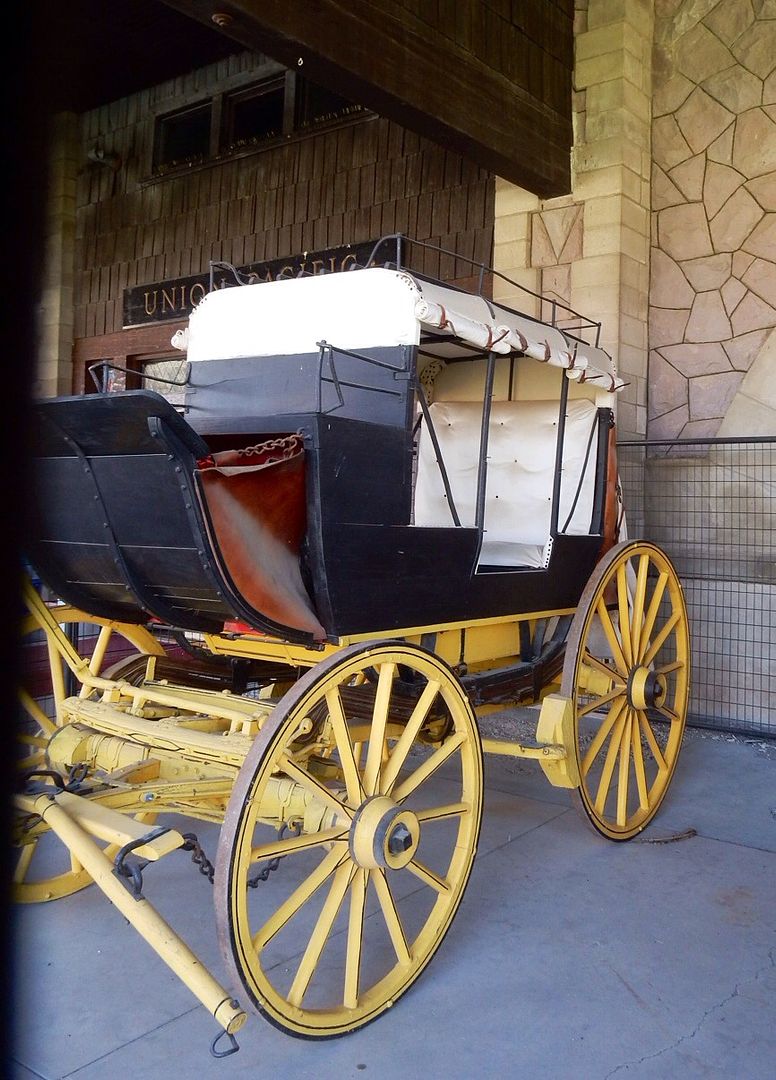

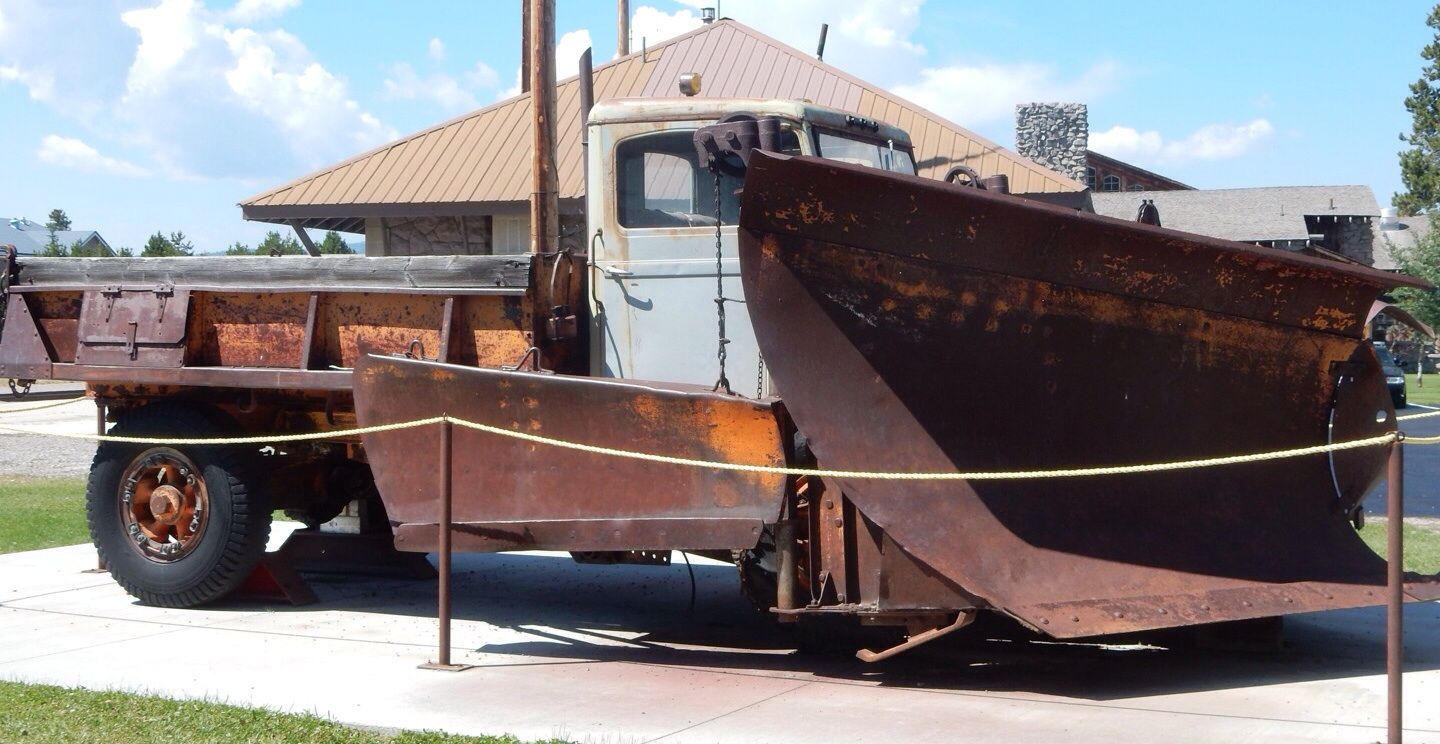
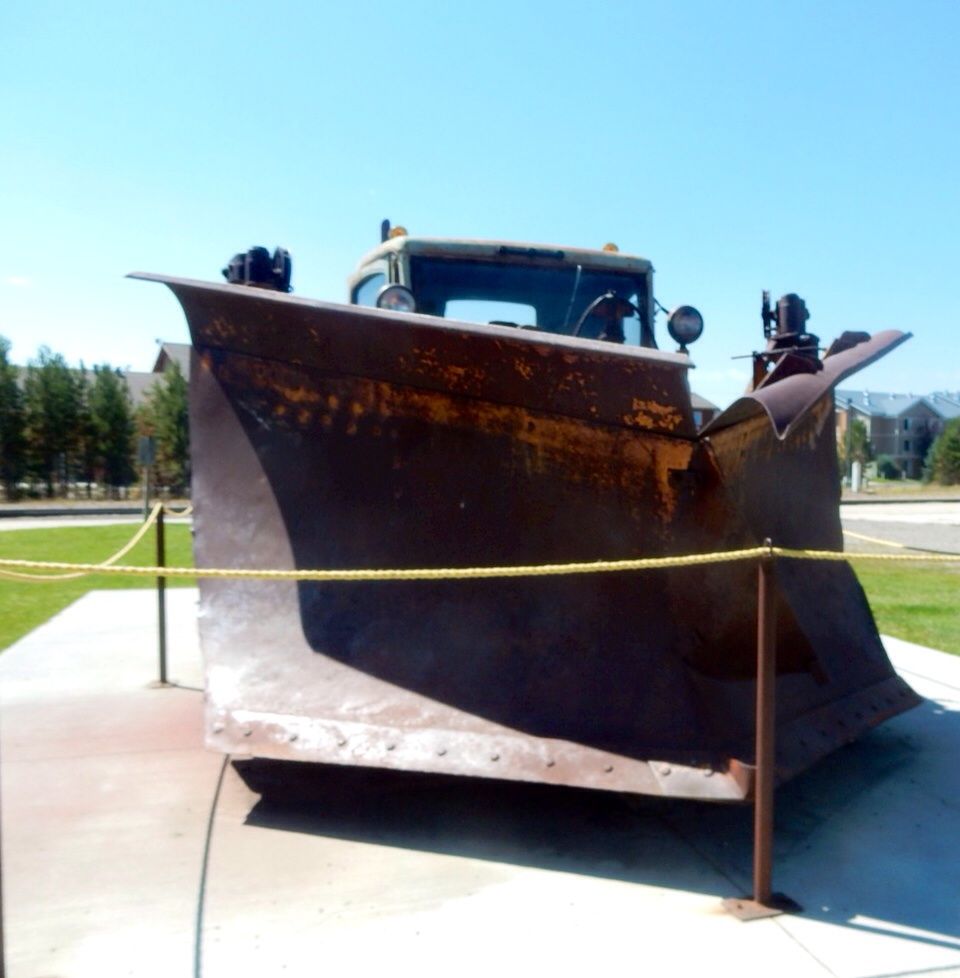
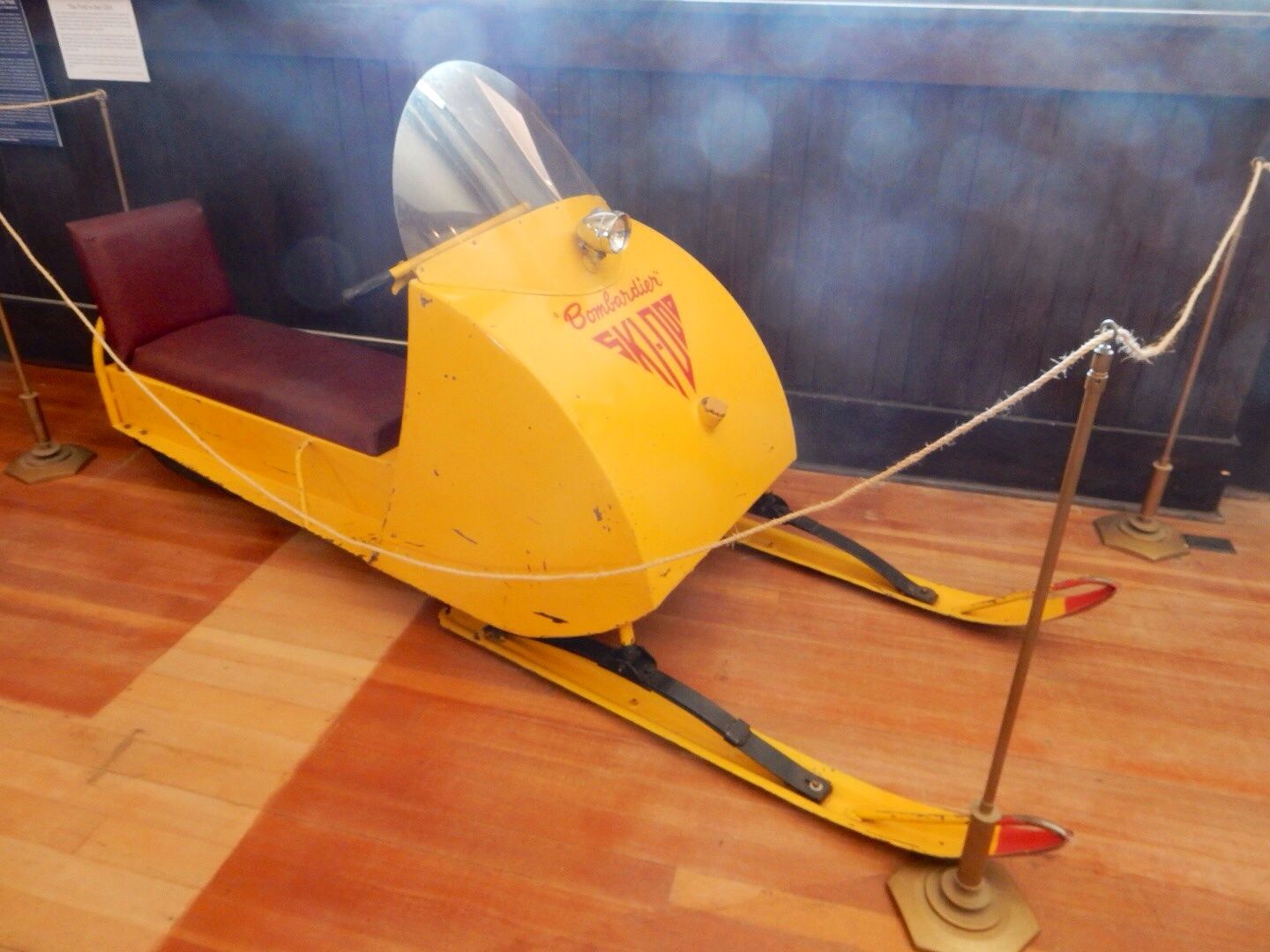
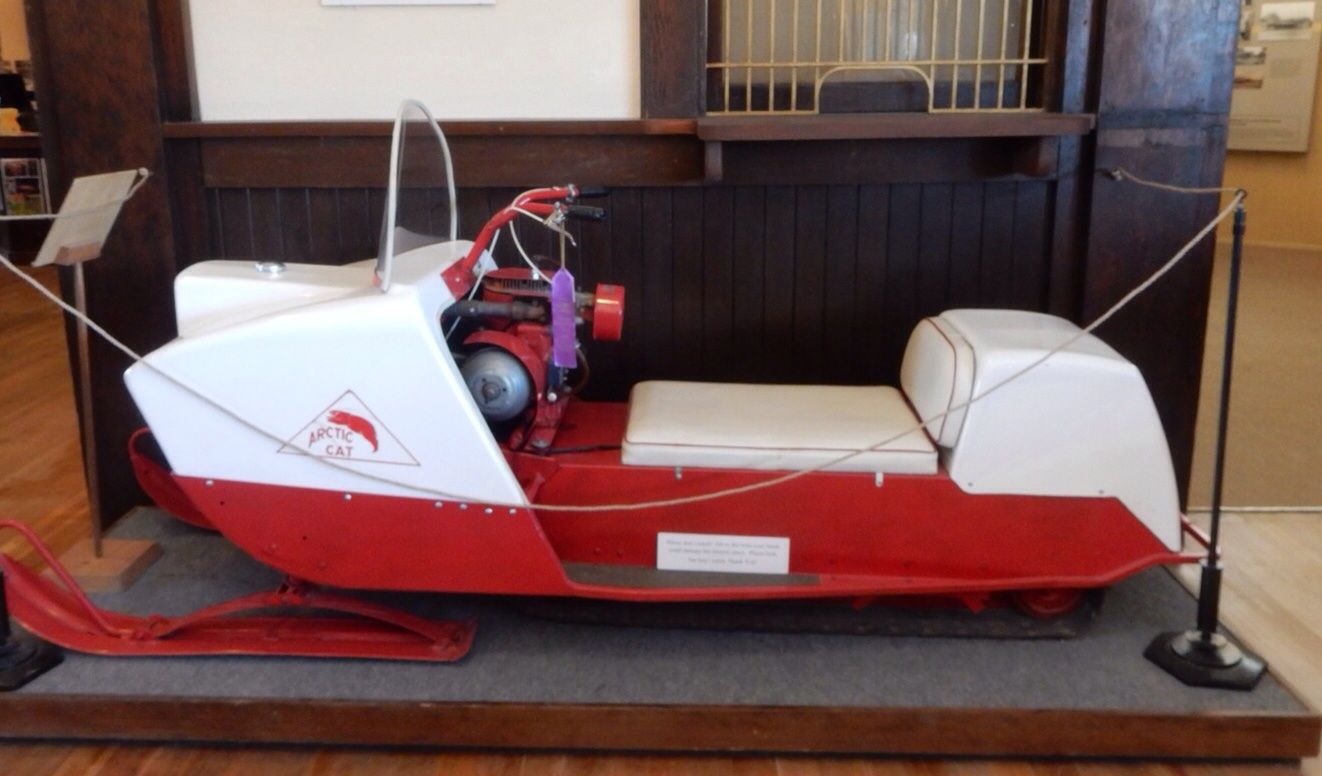
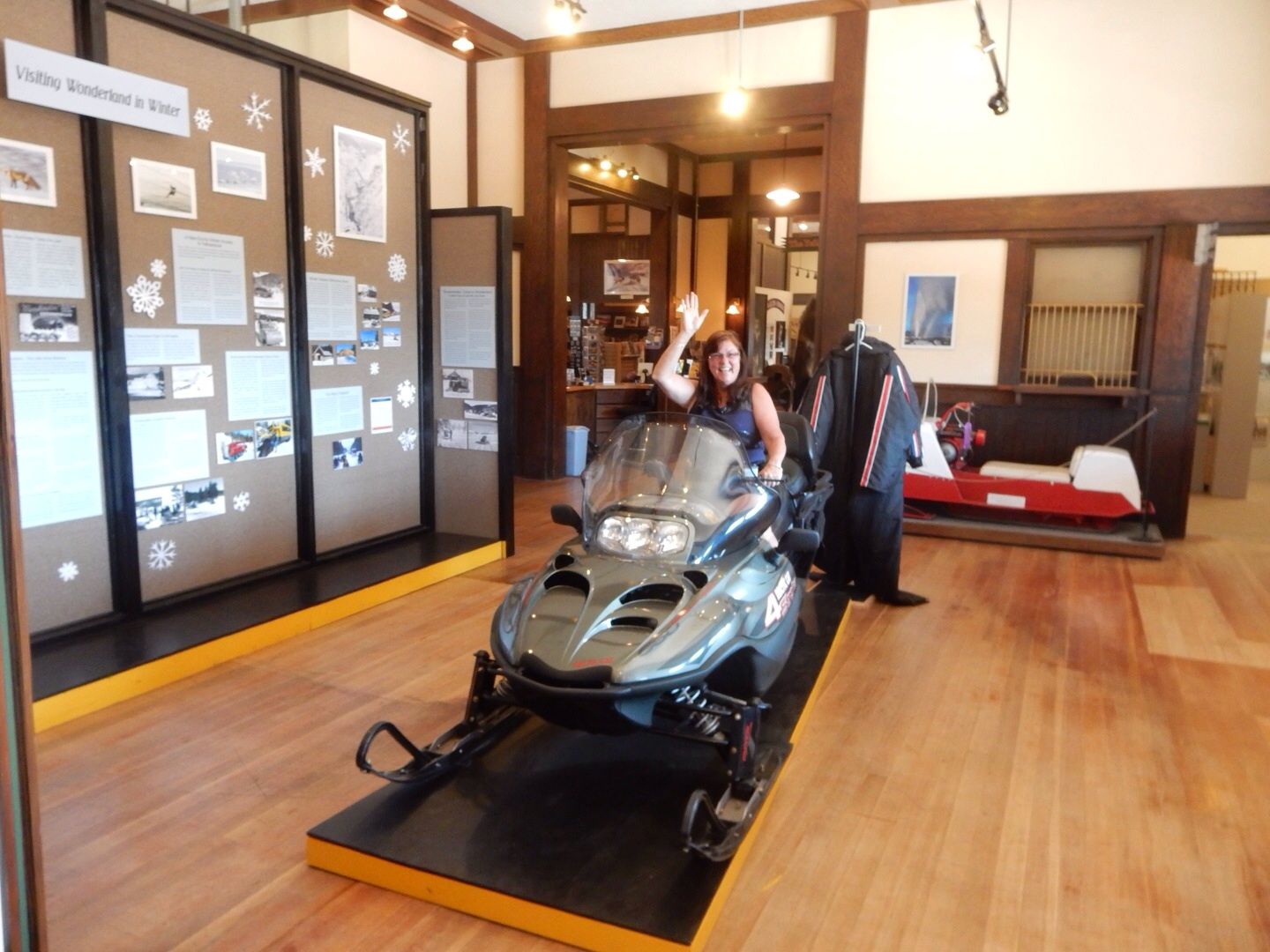
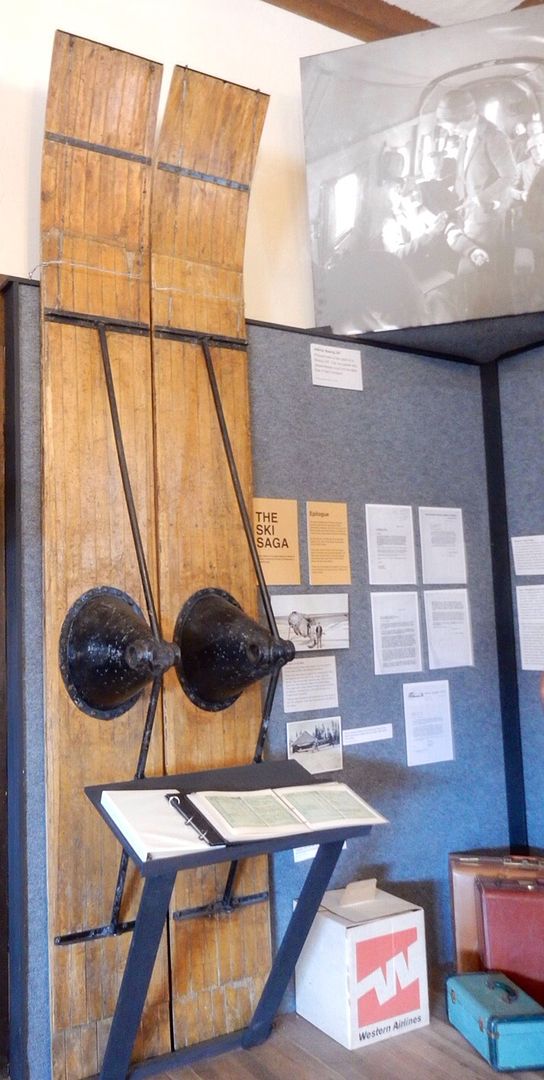
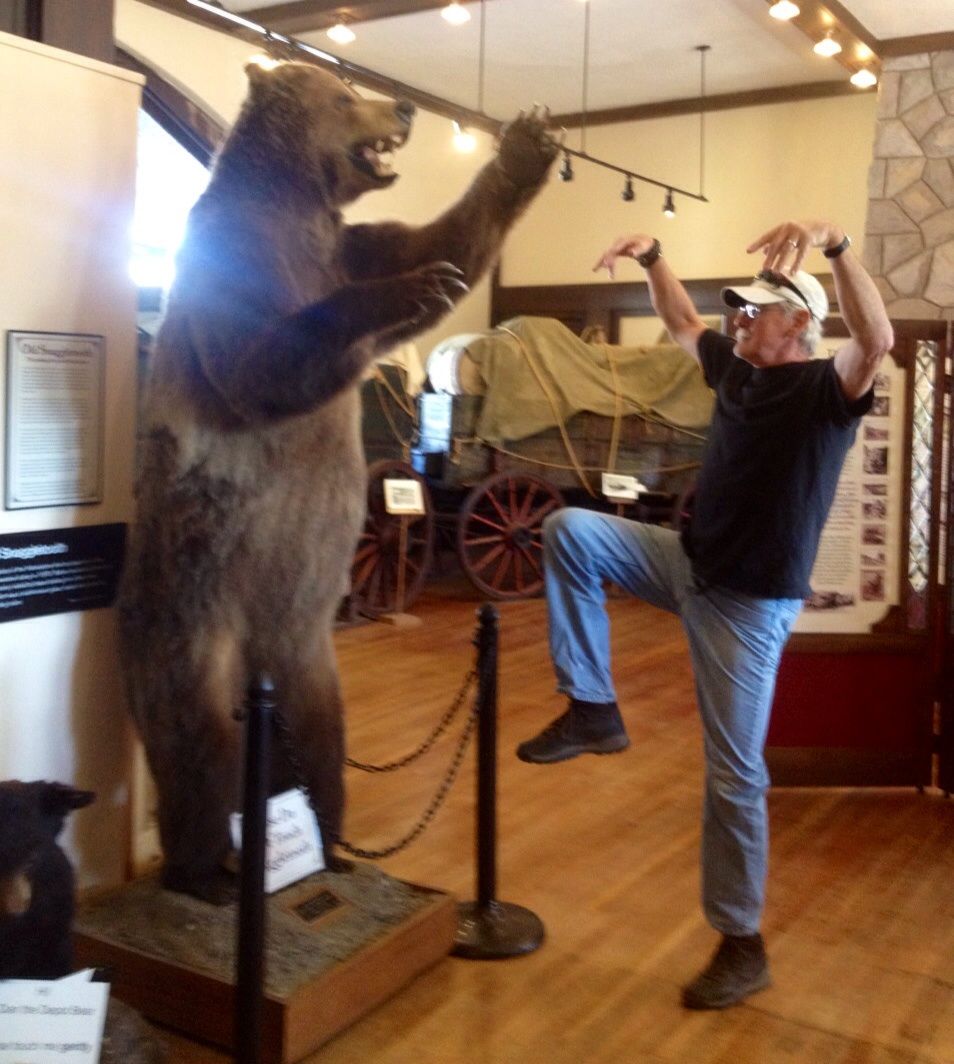
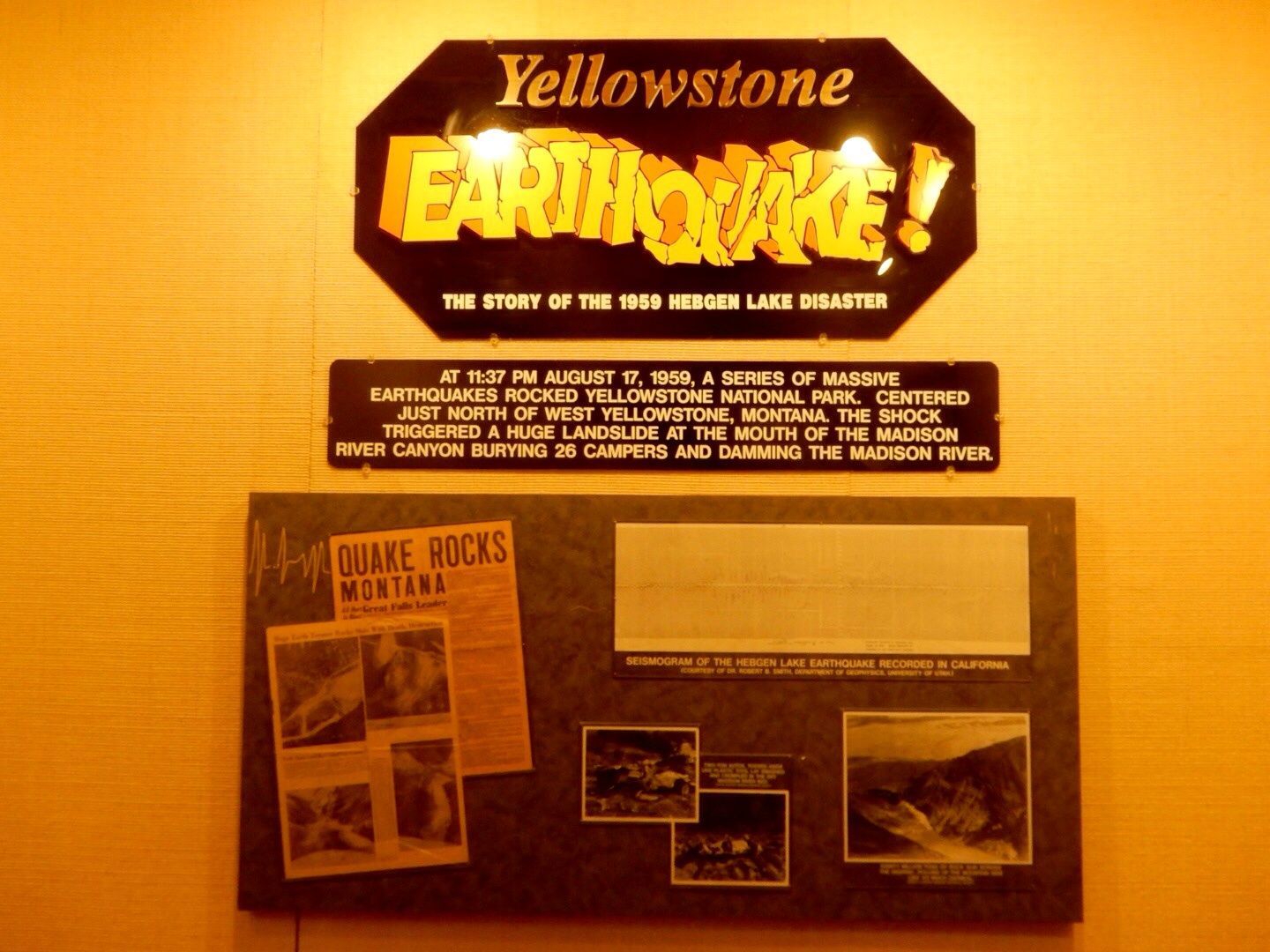
No comments:
Post a Comment